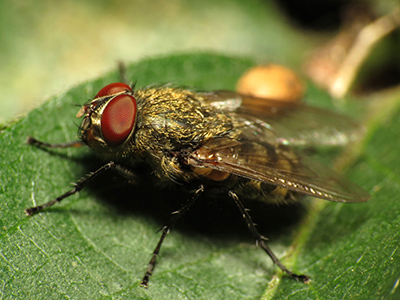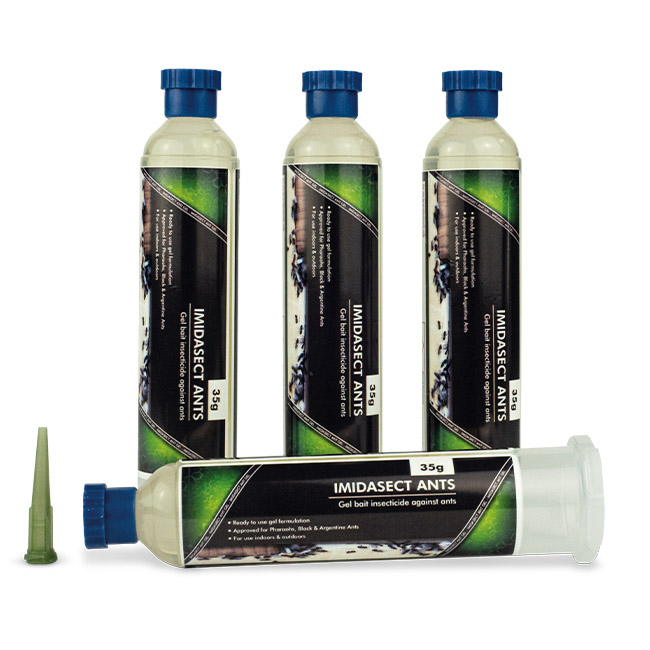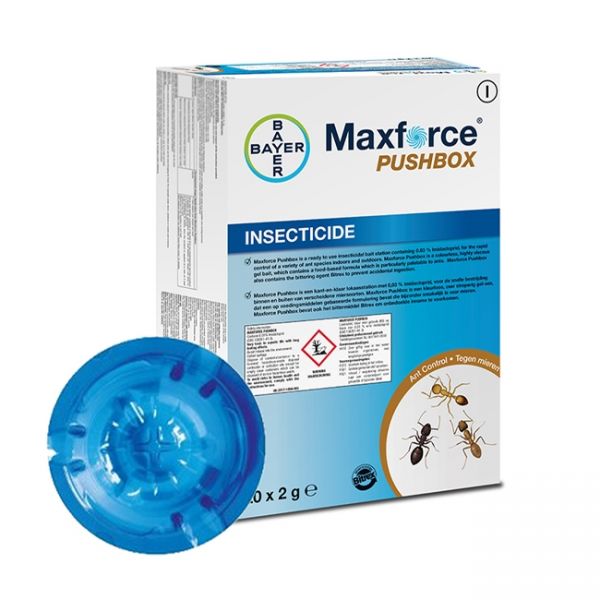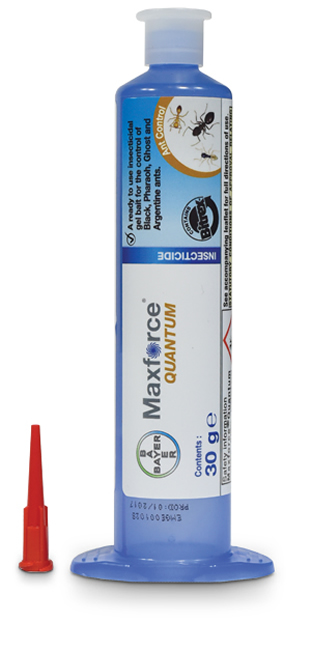Cluster Flies (Pollenia rudis) (Thaumatomyia notata) (Musca autumnalis)
Cluster Flies (Pollenia rudis) (Thaumatomyia notata) (Musca autumnalis)
 |
 |
Identification:
*** NO ID
Biology:
Cluster fly: The larvae live as parasites inside earthworms. Eggs are laid in the soil and hatch in about a week. The young larvae bore into worms where they stay throughout the winter. In spring the larvae develop quickly, usually killing the worms, then pupate in the surrounding soil. The adult flies emerge in summer. These are large flies (10 mm long), with a shifting pattern of silver and grey-brown markings on the abdomen, and crinkly yellow hairs on the thorax.
Yellow swarming flY: Is a predacious species, the larvae feeding on aphids living on the roots of grasses. There are two generations a year, the later one usually over wintering as pupae in the soil. However, a warm spell in late autumn may cause the adults to emerge prematurely, and they then invade buildings for shelter when the weather becomes colder. The adult flies are very small (2.5 - 3 mm) and are bright yellow with black markings.
The Autumn fly: Breeds in animal dung in fields. Adult females are almost identical in appearance to common house flies, but males are distinctive in having an orange abdomen with a black mark down the centre.
Control:
Complete control of cluster flies is almost impossible since the over wintering adults are concealed in walls, attics, etc. and often it is impossible to prevent them getting in, and success with the killing of one species may be negated by the later appearance of more flies, often of another species. Treatment of roof spaces can be carried out using an insecticide smoke generator, one shot aerosol or ULV treatment Very little of a "permanent" nature can be done to prevent problems the following year. Adults are sluggish enough in the winter to be picked up with a vacuum cleaner.
**Products to control Cluster Flies:
|
Imidasect Ant Gel (35g tube) |
Maxforce Pushbox (20 x 2g) |
Maxforce Quantum Gel (30g tube) |



